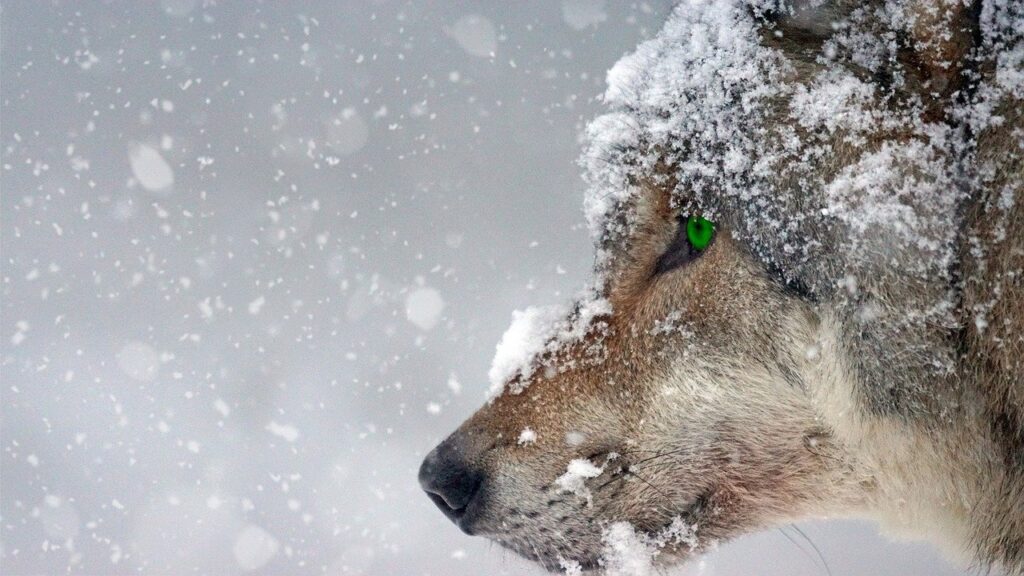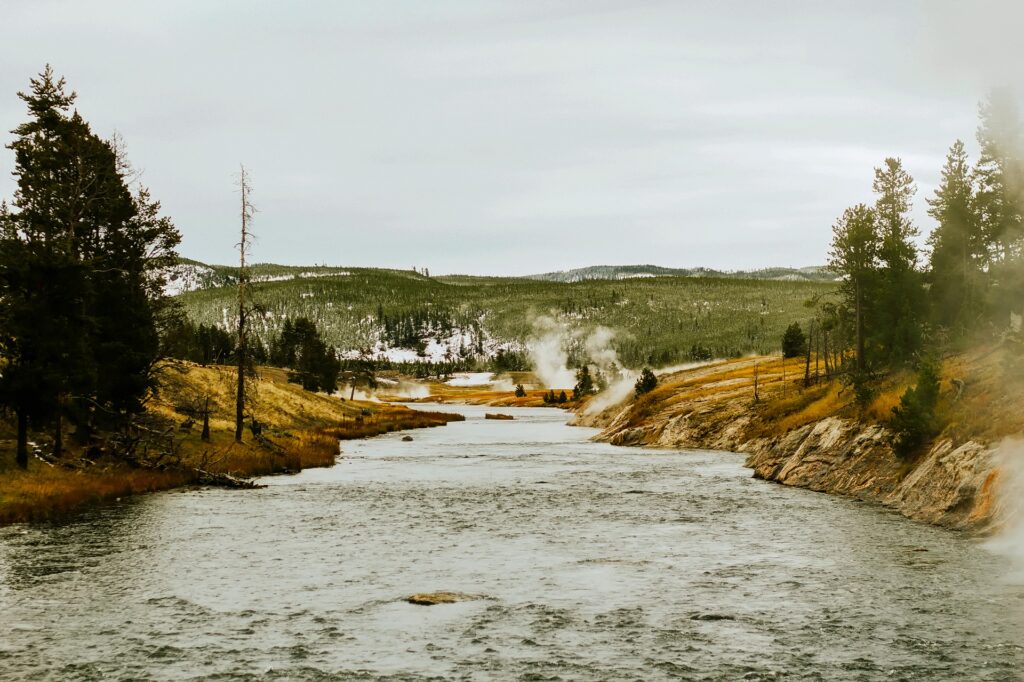Networks – when they don’t function the way we think they do

Networks surround us on a daily basis, and they come in many shapes and forms. Our first thought when we hear the word ‘networks’ can be technological in nature, telephone networks, broadcasting networks, network cables, etc; however, there are other forms that networks can take such as the social networks we form within our communities and the ecological networks that shape our natural world.
Perhaps an interesting take on networks is our underlying subconscious on the way they inherently work. A Swedish study found that when the road network was blocked due to heavy snowfall in the winter months, the standard (as in many cities across the world which experiences these issues) was to clear highways and main roads as a priority, however, following a renewed approach of ‘gender-balanced budgeting’, it was found that by clearing pedestrian and bike pathways first, the town saw a reduction in injuries which greatly benefitted the population (not to mention economically benefitted the city with fewer medical costs) (Schmitt, 2018). Simply put, the road network, or perhaps more accurately, the transport network, didn’t function in the way it was thought to at the time, and with greater evidence and a renewed interest in functionality, a better way of managing the network was found.

In a similar occurrence in Yellowstone National Park, the reintroduction of the grey wolves species saw a vast improvement to the whole natural network at Yellowstone, increasing flora and fauna populations of declining species and stabilising other populations that were overgrown. When the grey wolf population declined in the 1930’s, the elk became the dominant species in the park, this had devastating effects to the whole ecosystem, as while other predators still preyed upon the elk, the population boomed. In winter, elk populations remained within smaller territories, and feasted upon trees (willow and aspen) in the area; however, other species such as beaver also relied upon these trees to survive the winter and were unable to compete with the elk for the now limited resources and beaver populations declined. By reintroducing the grey wolves (a natural predator to the elk) to Yellowstone National Park in 1995, it forced elk populations to migrate during the winter, thereby allowing willow trees to regenerate and provide opportunities for beaver populations to access these flourishing resources. (Farquhar, 2021) While there are other examples of the way the wolves have affected the ecosystem in Yellowstone, even today, 25 years later, the changes are still being observed throughout the entire natural network that is Yellowstone National Park.
While we may not always understand how networks function, it is apparent that our lack of understanding does little to affect their function. In working towards building greater understanding, though, we can implement better usage of the current networks that exist.
To contribute to the 2021 University of Sydney Anthology, please submit your articles and artworks to: https://www.usydanthology.com/submit/. The theme for 2021 is ‘networks’.
Schmitt, A. (2018). ‘Why Sweden Clears Snow Covered Walkways Before Roads’ Street Blogs USA January 24, 2018. https://usa.streetsblog.org/2018/01/24/why-sweden-clears-walkways-before-roads/
Farquhar, B. (2021). ‘Wolf Reintroduction Changes Ecosystem at Yellowstone’ Yellowstone National Park Trips, June 30, 2021. https://www.yellowstonepark.com/things-to-do/wildlife/wolf-reintroduction-changes-ecosystem/
 Previous Post
Previous Post Next Post
Next Post